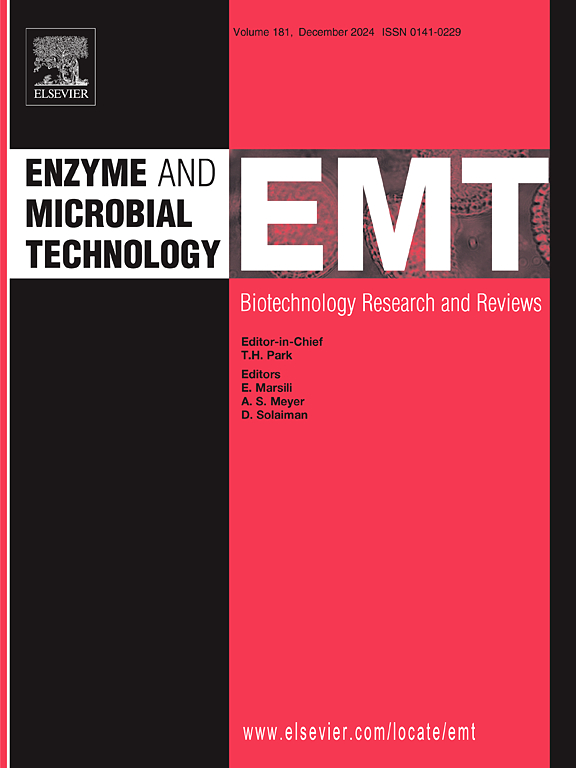DNA盒辅助T7转录技术联合Cas13a检测甲型H1N1流感病毒
IF 3.7
3区 生物学
Q2 BIOTECHNOLOGY & APPLIED MICROBIOLOGY
引用次数: 0
摘要
甲型H1N1流感病毒继续发生变异,对公众健康构成严重威胁。在这项研究中,我们开发了一种利用转录等温扩增方案结合DNA盒检测H1N1 RNA的创新系统。将分裂的T7启动子组装在六面体DNA盒的四个边缘上,形成两个捕获靶标的机械臂。转录后的ssRNA被Cas13a系统准确识别,并利用其反式裂解活性释放荧光信号。与传统的T7分裂技术相比,新型DNA盒在复杂生物中的反应速度和生物稳定性大大提高。该传感器平台策略能够稳定、准确地检测H1N1 RNA,检测限低至fM水平。总体而言,该系统为病毒诊断和监测提供了良好的传感工具,在环境和公共卫生领域具有很大的应用潜力。本文章由计算机程序翻译,如有差异,请以英文原文为准。
DNA box-assisted T7 transcription techniques combined with Cas13a for detection of the influenza A (H1N1) virus
The influenza A (H1N1) virus continues to undergo mutations, posing a serious threat to public health. In this study, an innovative system was developed using a transcriptional isothermal amplification scheme combined with a DNA box for detection of H1N1 RNA. The split T7 promoter was assembled on four edges of the hexahedral DNA box to form two target-capturing robotic arms. Transcribed ssRNA was accurately recognized by the Cas13a system and used the trans-cleavage activity to release a fluorescent signal. As compared to the traditional split T7 technique, the novel DNA box greatly improved the reaction rate and biological stability in complex organisms. The sensor platform strategy enabled stable and accurate detection of H1N1 RNA with detection limits as low as the fM level. In general, the proposed system provided a good sensing tool for virus diagnosis and monitoring with great potential in environmental and public health applications.
求助全文
通过发布文献求助,成功后即可免费获取论文全文。
去求助
来源期刊

Enzyme and Microbial Technology
生物-生物工程与应用微生物
CiteScore
7.60
自引率
5.90%
发文量
142
审稿时长
38 days
期刊介绍:
Enzyme and Microbial Technology is an international, peer-reviewed journal publishing original research and reviews, of biotechnological significance and novelty, on basic and applied aspects of the science and technology of processes involving the use of enzymes, micro-organisms, animal cells and plant cells.
We especially encourage submissions on:
Biocatalysis and the use of Directed Evolution in Synthetic Biology and Biotechnology
Biotechnological Production of New Bioactive Molecules, Biomaterials, Biopharmaceuticals, and Biofuels
New Imaging Techniques and Biosensors, especially as applicable to Healthcare and Systems Biology
New Biotechnological Approaches in Genomics, Proteomics and Metabolomics
Metabolic Engineering, Biomolecular Engineering and Nanobiotechnology
Manuscripts which report isolation, purification, immobilization or utilization of organisms or enzymes which are already well-described in the literature are not suitable for publication in EMT, unless their primary purpose is to report significant new findings or approaches which are of broad biotechnological importance. Similarly, manuscripts which report optimization studies on well-established processes are inappropriate. EMT does not accept papers dealing with mathematical modeling unless they report significant, new experimental data.
 求助内容:
求助内容: 应助结果提醒方式:
应助结果提醒方式:


